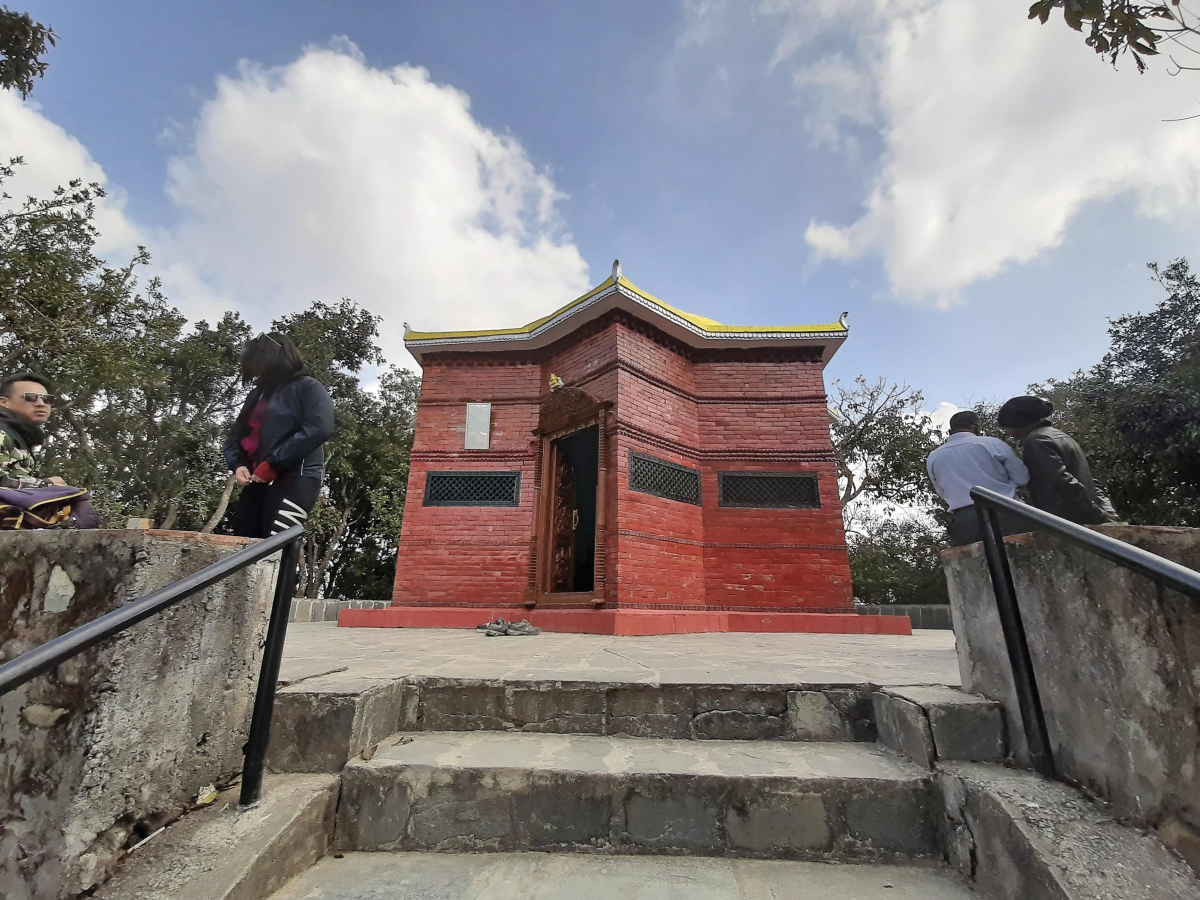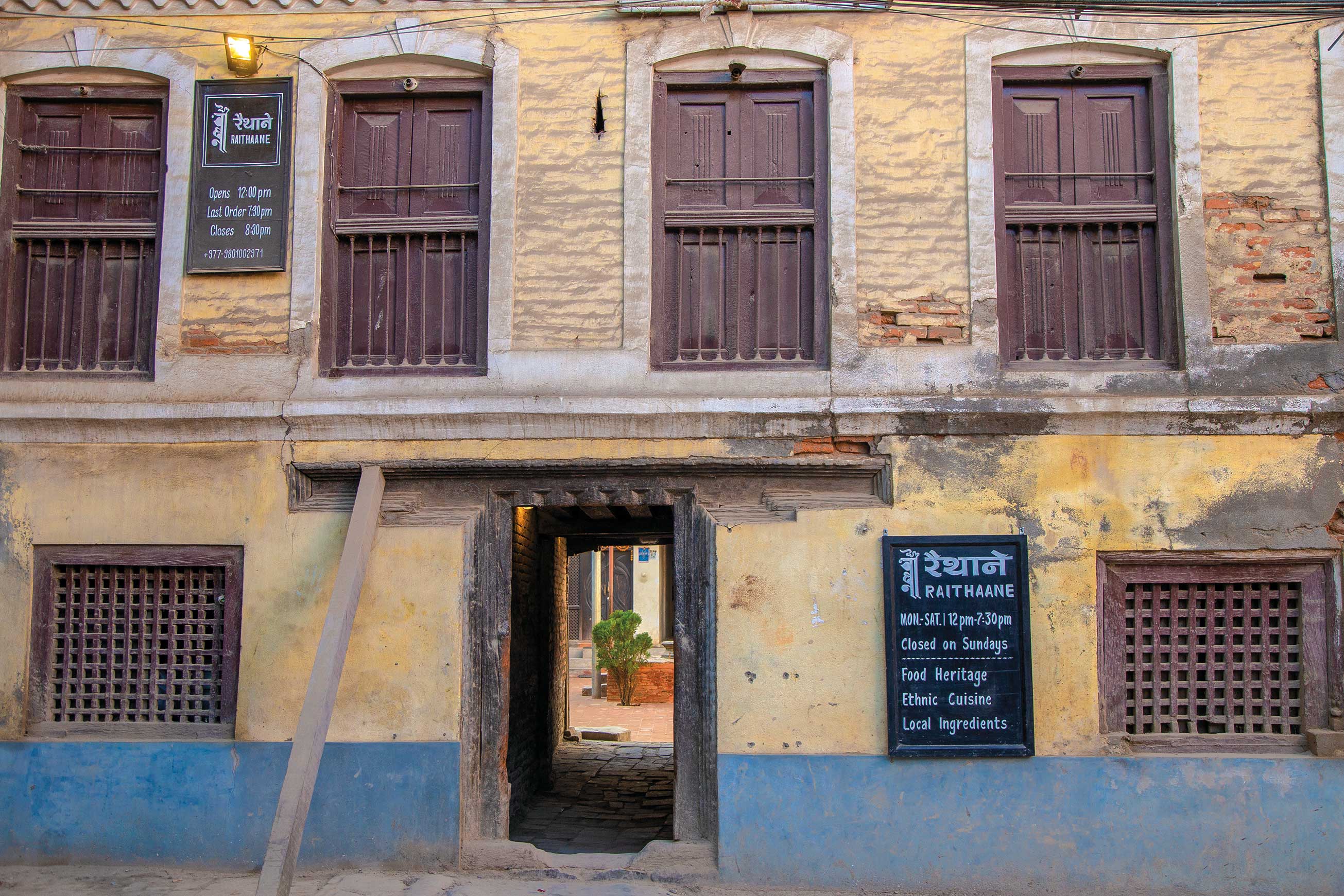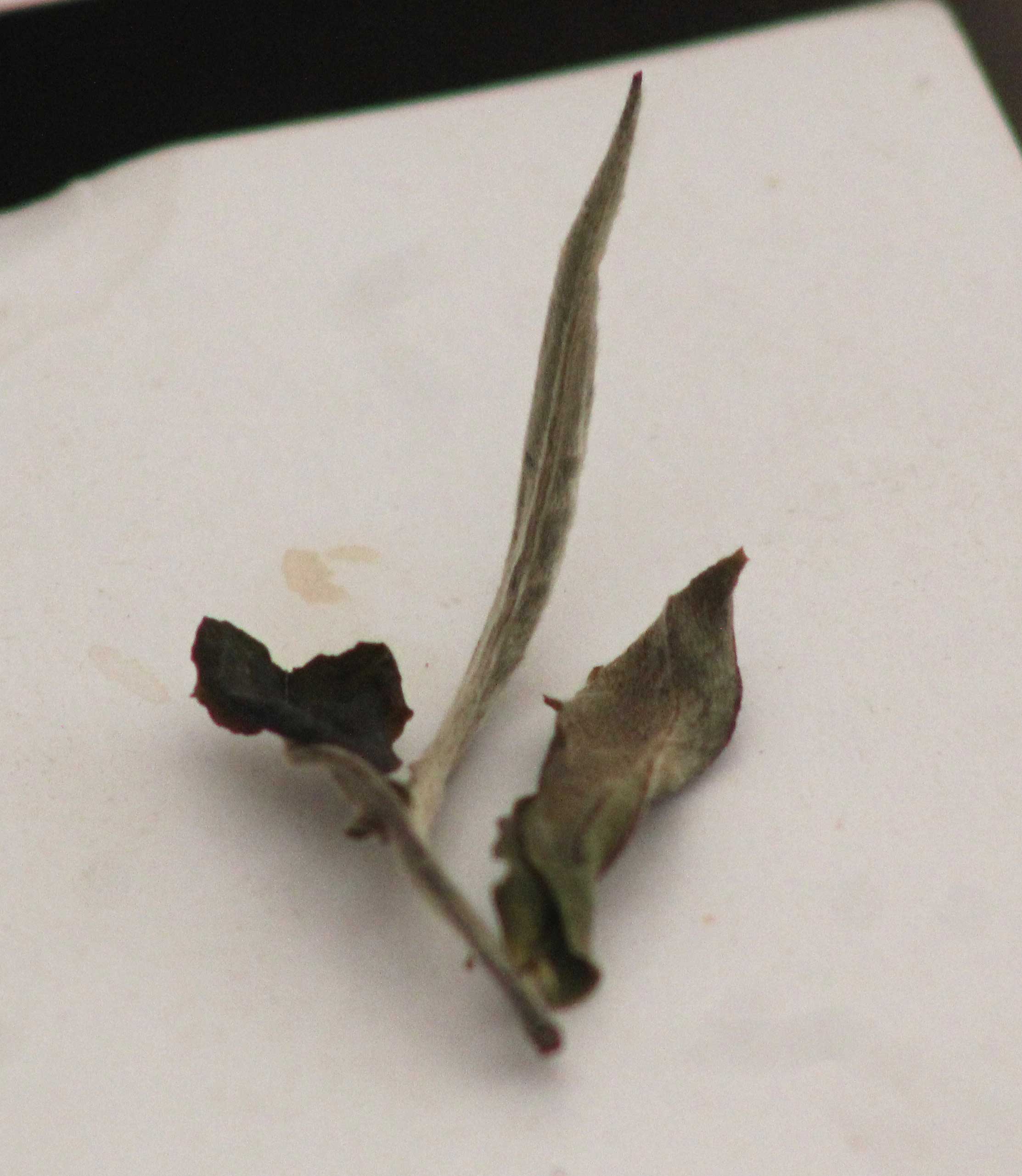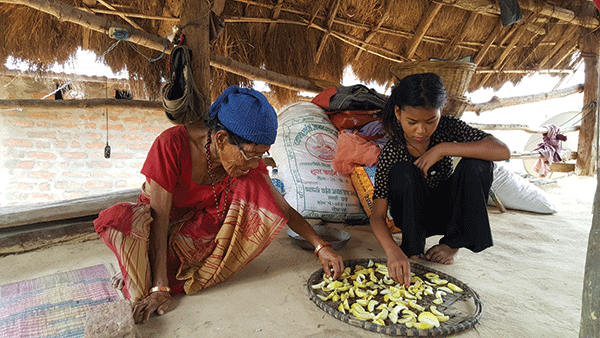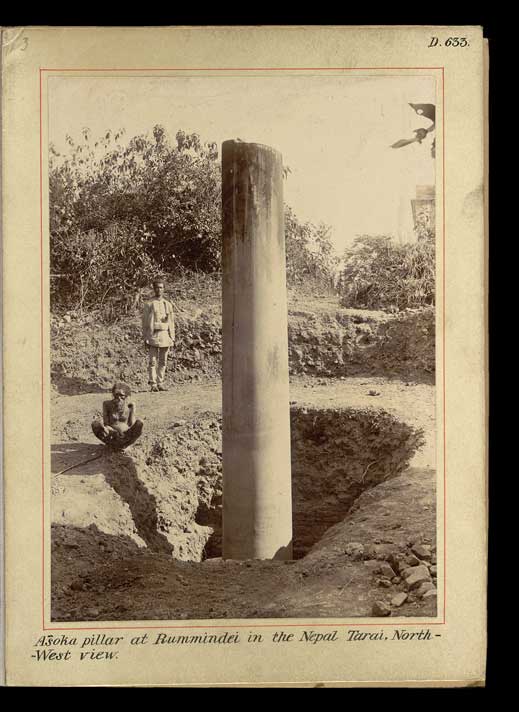One of the things I love about my job has been the opportunity to meet fascinating people and learn new things. From March 8-10, 2019, I had the chance to do both while attending the International Scientific Committee organized by UNESCO in Lumbini. Held annually since 2010, it’s an event that brings together religious and government figures, scientists, diplomats, heritage and tourism experts, and others with a stake or interest in Lumbini’s future.
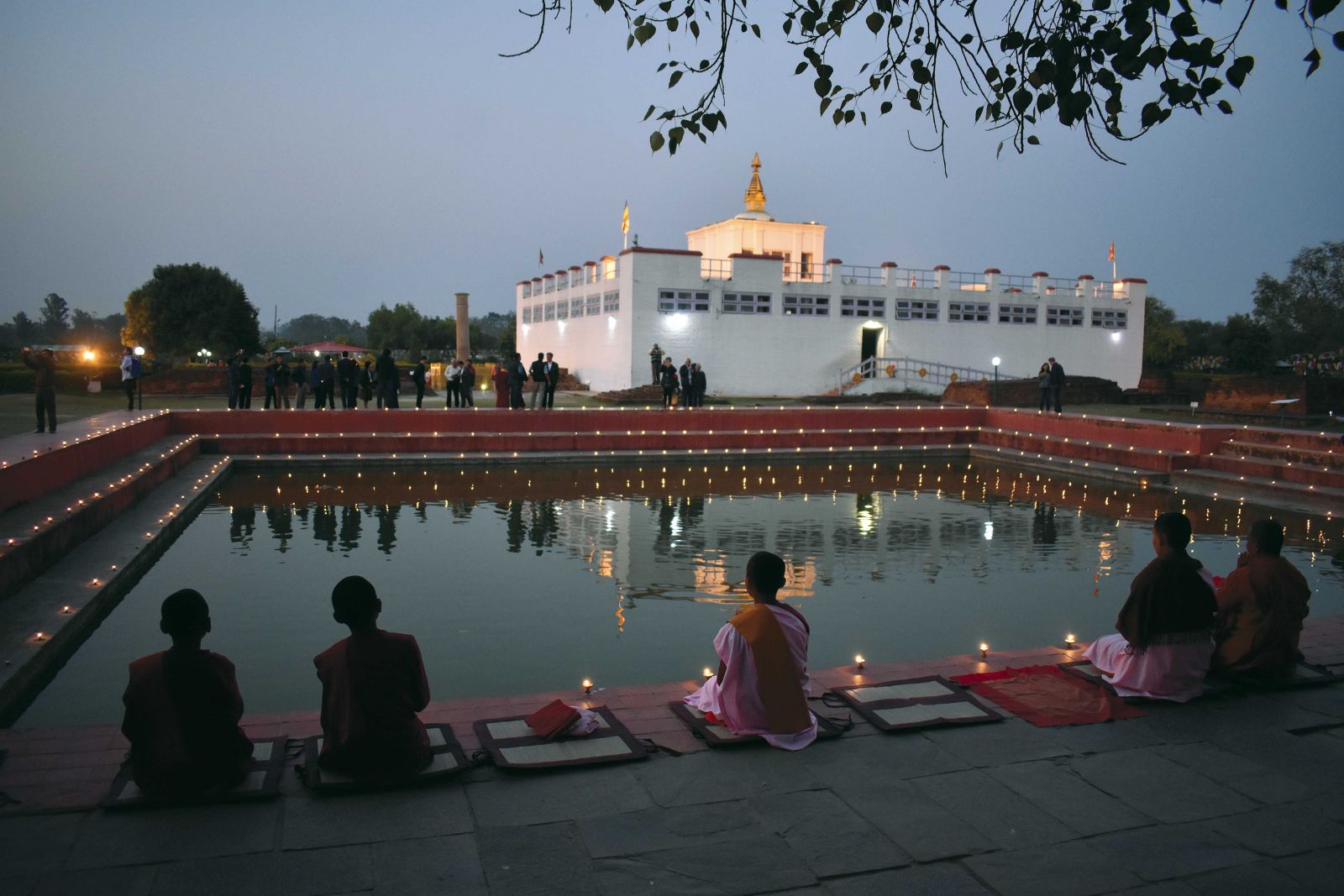 More was covered over the three days than I would have thought possible: presentations, field visits, and impassioned speeches all played a part.Several tourism experts shared statistics and future plans; I was shocked to learn what a short time—under an hour on average—most visitors usually spend in the area, usually just a short trip to the Sacred Garden. A lot of plans were focused on developing, providing information, and encouraging access to other parts of the area. It’s key to find ways to encourage tourism in a manner that will directly benefit the local communities, as even though tourists pass through all the time, very little has actually filtered down to the people who are from the area. This feels especially important with the potential completion of the international airport in Bhairahawa getting nearer. Without clear and organized plans, the increased wave of tourist arrivals could be overwhelming to the people, the area, and its holy sites. As one attendee said, “Heritage must also benefit the local community.”
More was covered over the three days than I would have thought possible: presentations, field visits, and impassioned speeches all played a part.Several tourism experts shared statistics and future plans; I was shocked to learn what a short time—under an hour on average—most visitors usually spend in the area, usually just a short trip to the Sacred Garden. A lot of plans were focused on developing, providing information, and encouraging access to other parts of the area. It’s key to find ways to encourage tourism in a manner that will directly benefit the local communities, as even though tourists pass through all the time, very little has actually filtered down to the people who are from the area. This feels especially important with the potential completion of the international airport in Bhairahawa getting nearer. Without clear and organized plans, the increased wave of tourist arrivals could be overwhelming to the people, the area, and its holy sites. As one attendee said, “Heritage must also benefit the local community.”
Some interesting ideas were the “Greater Lumbini Buddhist Circuit Tourism Development Strategy” that Dr. Eric Hansen presented and the “World Heritage Journeys of Buddha” website that Nat Geo is poised to launch the middle of next year, which Lisa Choegyal told us about. Both of these initiatives have the potential to increase awareness of this area in a game-changing way, and it will be interesting to see how they develop.
Another subject that was touched on several times during the three-day event was Tilaurakot’s proposed inscription on the World Heritage List. There are, in fact, several sites that have great potential for inclusion: one thing that I had not been aware of, but which became crystal clear on this trip, is that huge swathes of this whole area of southern Nepal are full of archaeological and historical relics. I knew, of course, that there were some—but in this part of the country, people literally find items dating back thousands of years when digging foundations for their homes. Recently, Tokyo University mapped a total of 235 archaeologically important sites in the greater Lumbini area, a figure that is hard to even wrap my head around.
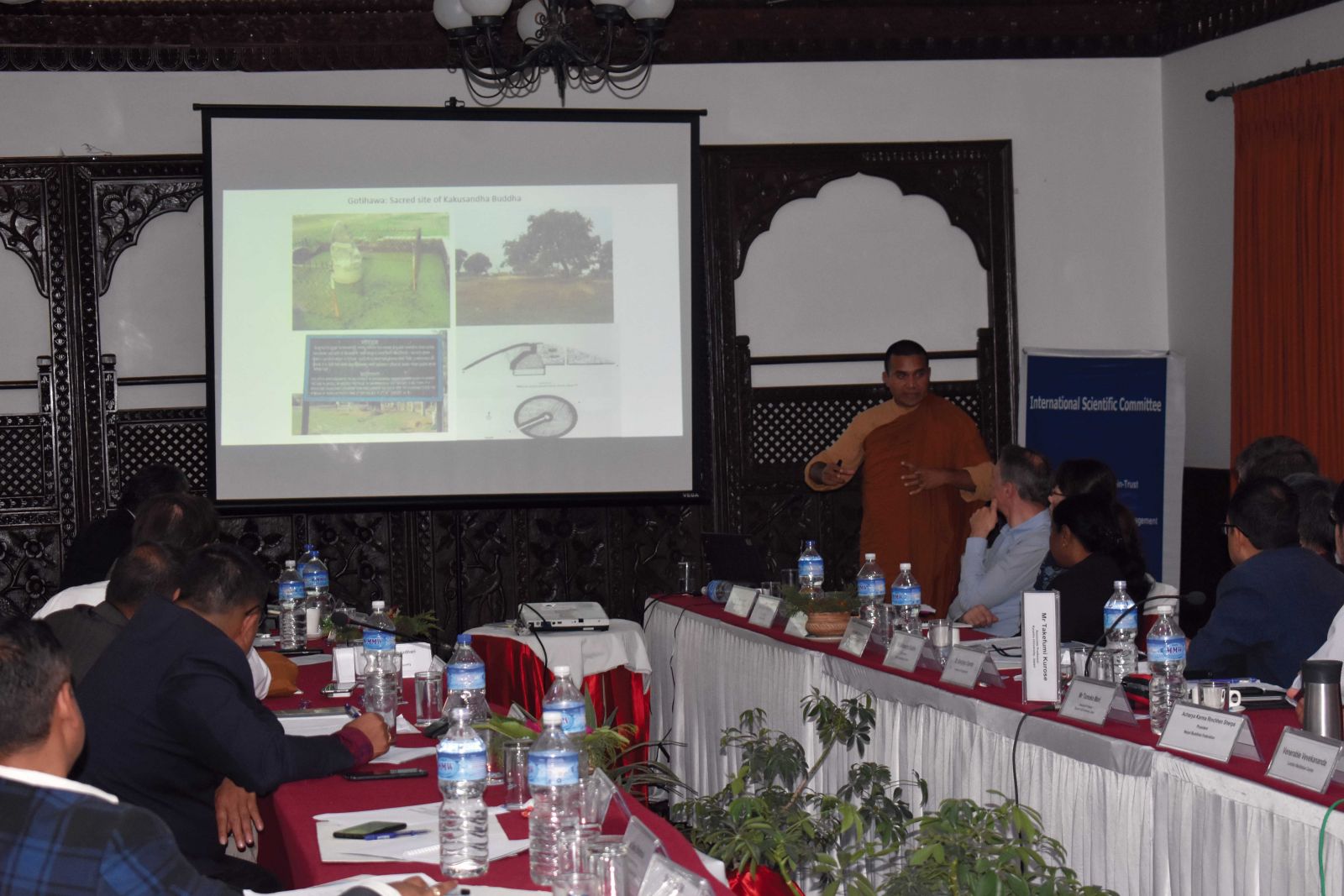 Even with so many, Tilaurakot is something special, and a site visit on the last day of the conference was a highlight for me personally, as Professor Robin Coningham, UNESCO Chair in Archaeological Ethics and Practice in Cultural Heritage at Durham University, gave us a guided tour of the area, including the season’s just completed two-and-a-half month-long archaeological dig, their third at this site. The visit was a follow up to his talk of the day before, where he spoke of the need for preservation, geophysics, digs, and non-invasive archaeological surveys, all with an enthusiasm that was completely infectious.
Even with so many, Tilaurakot is something special, and a site visit on the last day of the conference was a highlight for me personally, as Professor Robin Coningham, UNESCO Chair in Archaeological Ethics and Practice in Cultural Heritage at Durham University, gave us a guided tour of the area, including the season’s just completed two-and-a-half month-long archaeological dig, their third at this site. The visit was a follow up to his talk of the day before, where he spoke of the need for preservation, geophysics, digs, and non-invasive archaeological surveys, all with an enthusiasm that was completely infectious.
Findings over the years have established Tilaurakot as the location of Buddha’s father’s palace and where he spent his early life. Excavations over the years have uncovered remarkably well-preserved portions of this ancient capital, and this year’s dig uncovered a large brick water storage tank; according to Professor Coningham, it is one of the earliest examples of urban infrastructure and city planning discovered anywhere in South Asia. Through museum displays and art competitions for local school children, the Durham University team is making a concerted and impressive effort to share information locally in every way they can. “We hope we are not keeping knowledge….[but rather] disseminating it,” said Professor Coningham, adding that the next generation “will take responsibility if the site is open to them and they participate in it.”
For all the beauty, there are also risks—in just one example, the air pollution levels in Lumbini are regularly twice that of Kathmandu, posing not only a health risk to those who live and visit, but also degrading and damaging irreplaceable historical monuments. “We have to preserve this for our children, for future generations,” said Christian Manhart, the UNESCO representative to Nepal, in his opening remarks. Repeatedly, emphasis was placed on making sure that development and legitimate infrastructure needs—basically, lots of buildings—don’t overwhelm Lumbini’s cultural heritage and value. Should this happen, the losses will be irreplaceable, the damage irreversible. This cannot be overstated.
Along these lines, several speakers focused on the need for the government to both create new guidelines and enforce the existing rules regarding reducing industrial activities in the greater Lumbini area, a source of a good chunk of the pollution (though much is also blown in from over the border, which is only a few kilometers away). There’s also a desperate need for waste management solutions; just one example that was shared: each of the 1.6 visitors who come annually to this tiny one-by-three-mile area (the Sacred Garden) buy at least a bottle of water each, often many more. And, it all stays here in Lumbini, an area with no recycling or waste management facilities. No wonder some areas are so overwhelmed with garbage. Suggestions included a community-based recycling business or a small environmental tax on hotels, but it’ll take some creativity and a real effort to solve these issues.
 Venerable Metteya, Vice-chairman of the Lumbini Development Trust, said “As someone born here, and a Buddhist as well, I see tremendous potential…I envision all of this area as a cultural landscape.” He also acknowledged that “as we have been developing Lumbini, there have been concerns as well: the degrading environment, air pollution...we have to try and protect the whole region, including the environment. In the future, we have to walk the fine line between development and the environment and preservation; people living here have to be part of the story moving forward.”
Venerable Metteya, Vice-chairman of the Lumbini Development Trust, said “As someone born here, and a Buddhist as well, I see tremendous potential…I envision all of this area as a cultural landscape.” He also acknowledged that “as we have been developing Lumbini, there have been concerns as well: the degrading environment, air pollution...we have to try and protect the whole region, including the environment. In the future, we have to walk the fine line between development and the environment and preservation; people living here have to be part of the story moving forward.”
On the first evening there, before the meetings began, a small group of us wandered through the protected area, circling through the wilder, overgrown part towards the inner Sacred Garden. With us was Dr. Mark Watson, a botanist from the Royal Botanic Garden Edinburgh. Highlighting the significance of trees in the Buddha’s story, he is encouraging the planting of nature species that would have been here in Buddha’s day. As we walked, he pointed out plants and flowers to us, where they came from, and if they were helpful or harmful to the environment. As the sun set, we found ourselves at one of the ponds between the Sacred Flame and the Ashoka Pillar: birds were coming in to wade and feed, including a pair of sarus cranes. With their red heads and imposing height—they can grow to over a meter and a half, and are the tallest flying birds in the world—they made a graceful duo.
It’s the image I brought back with me from my visit, the spectacular closeness of nature, along with friendly local people, richness of history, and the devotion of pilgrims. Whatever Lumbini is becoming, there should be space there for all of these to flourish.


